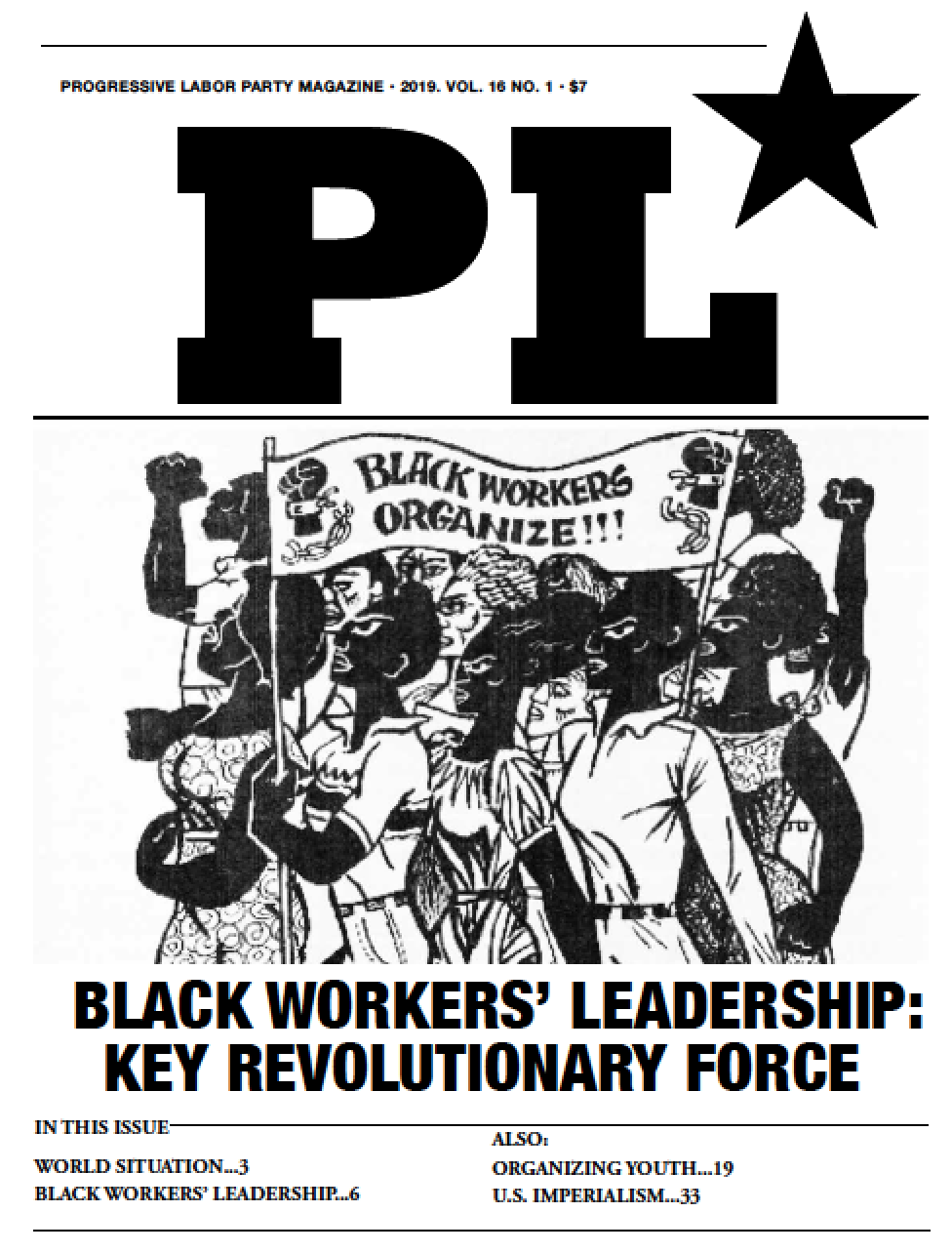Japan: Youth Shift to Left Needs Real Red Leadership
 Wednesday, March 31, 2010 at 3:22PM
Wednesday, March 31, 2010 at 3:22PM The capitalist crisis that hit Japan in the early 1990’s has sharply increased unemployment and homelessness, forcing many workers into “Capsule Hotels.” The deepening global financial crisis has worsened this situation, leading to a staggering 25% unemployment rate, but also to an emerging fight-back by workers, teachers and students. In a country once boasting to be the stronghold of economic equality, now over one-third of Japan’s workers are hired on “flexible” and temporary contracts. Over 200,000 have been laid off since October 2008.
Immigrant workers from Southeast Asia, China and Latin America are employed in super-exploitative factory jobs originally held by unionized Japanese workers making a “liveable” wage. The fascist right-wing uses this in their sharply increasing racist attack on immigrant workers.
“Contingent” (temporary) labor is a reality for young workers. High rents and short jobless periods throw workers on the streets. An unknown number now survive for varying periods by sleeping in internet cafe cubicles, costing a fraction of what even a cramped one-room apartment would run.
Those who are poorer still, both homeless and jobless, barely exist in “cardboard cities” of major towns and often are subjected to vicious police attacks during round-ups and evictions. The rising phenomenon “Karoshi,” or death from overwork, is common at capitalist giants like Hitachi. Many workers must work up to 80 hours a week to keep their jobs.
The newly-elected liberal Yukio Hatoyama government of the Democratic Party of Japan has vowed to “solve” the crisis by “fighting corruption” and reorganizing Japan’s geo-political position, namely its relationship with China and the U.S. Hatoyama has promised to end the decade-long recession, to focus on reformist policies that benefit public need over corporate interest, and to redefine Japan’s relationship to what Hatoyama calls “U.S.-led globalization.”
Yet it’s clear that Hatoyama, who comes from one of Japan’s wealthiest families (dubbed the “Japanese Kennedys”) is using the rhetoric of change to mask ruling-class interest in disciplining the rogue capitalists, to smooth out the rough spots so that profit accumulation won’t stagger. While not a military power, Japanese finance capital is central to the inter-imperialist rivalry between the U.S. and China, both in technological advancement and capital re-investment.
Recent articles in the NY Times and Asian Times Online reveal that Japan is closely aligning with China. Hatoyama’s government is also urging the U.S. to move its massive military base in Okinawa. Hatoyama’s hope of remaining neutral within inter-imperialist competition is unsustainable and will likely lead to Japan’s realignment with either the U.S. or China, both economically and militarily, squeezing unemployed young workers in the middle of the bosses’ battle for global economic control.
Workers and students have not stood idly by while corrupt Japanese rulers have run the country into the ground. In the early 2000s, militant unions like the National Railways Union, with over 200,000 workers, have led demonstrations against railway privatization. The rank and file, some with links to the reformist Japanese Revolutionary “Communist” League (formed in the 1960’s), have also led strikes against the wars in Iraq and Afghanistan. They especially criticized Japan’s involvement in refuelling U.S. warships anchored in the Indian Ocean for deployment in the inter-imperialist confrontation in Afghanistan.
Tokyo’s teachers have been resisting Japan’s re-militarization that began after 9/11, forcing many into a battle with the racist and openly sexist Mayor Ishihara Shintaro who controls the Education Ministry with an iron fist. These teachers have also joined demonstrations opposing Japanese involvement in Afghanistan and have played a key role in curbing the ultra-nationalism emerging in the post-9/11 period.
Students at Keio University have rebuilt some of the militant organizations of the 1960’s, which led massive demonstrations against the Vietnam War in 1968, and have protested discriminatory university policies.
Without communist leadership, however, many young workers have turned to the Japanese “Communist” Party which has gained 14,000 members since 2008; one-fourth of these new members are under 18. This generation grew up without having experienced the relative stability existing in Japan during the post-war “boom” and has suffered hard conditions, instilling second thoughts in young workers about their relationship to the profit-driven system of exploitation and wage-slavery.
The increasing presence of worker-led street rallies has galvanized the surge in communist sympathy, benefitting the JCP in its attempt to rebuild its base in mainstream political circles. The JCP claims well over 400,000 members in 25,000 local branches, making it one of the largest “communist” parties of the industrialized countries.
While this trend indicates a seemingly leftward shift amongst Japanese youth, the resurgent JCP doesn’t offer revolutionary change, favoring instead “pragmatic” solutions to the present crisis and the “peaceful transition to socialism” without destroying capitalism. Some attempts are being made to establish a base of workers and students in Japan who ignore the false hopes of Hatoyama and JCP reformism, to turn the recent fight-back into a school for communist revolution.
 Japan and Communism
Japan and Communism 




 Progressive Labor Party (PLP) fights to destroy capitalism and the dictatorship of the capitalist class. We organize workers, soldiers and youth into a revolutionary movement for communism.
Progressive Labor Party (PLP) fights to destroy capitalism and the dictatorship of the capitalist class. We organize workers, soldiers and youth into a revolutionary movement for communism.




Reader Comments